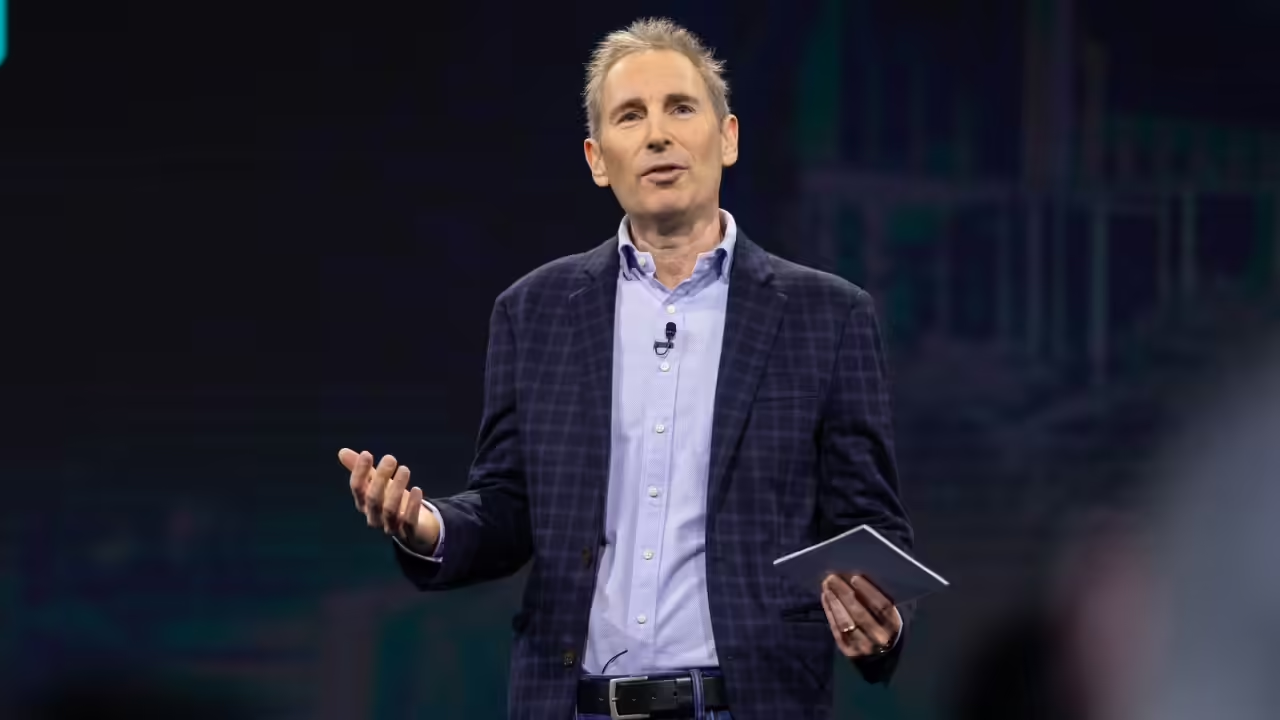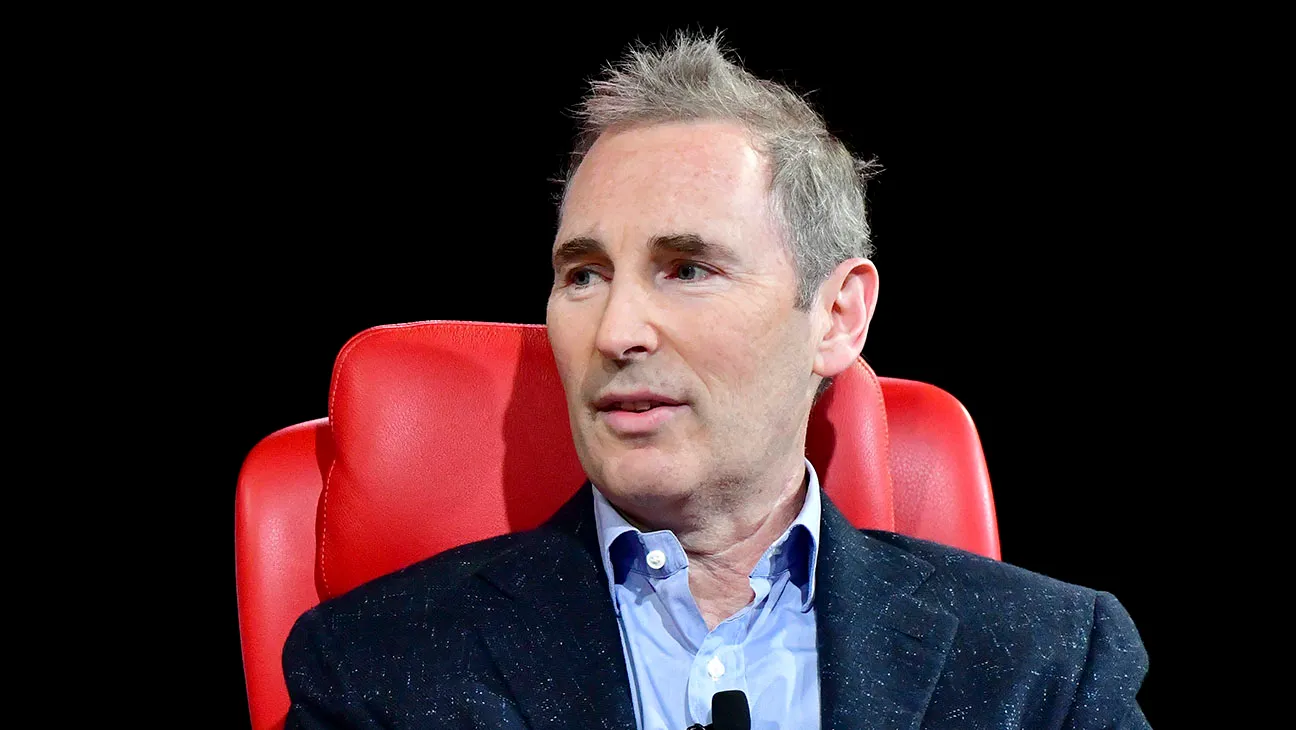In a surprising turn of events amid escalating trade tensions, Amazon CEO Andy Jassy revealed that the e-commerce giant has weathered the storm of President Donald Trump’s tariff policies without experiencing significant disruptions to consumer behavior or pricing structures. Speaking at Amazon’s annual shareholder meeting in May 2025, Jassy delivered reassuring news to investors and stakeholders, stating that the company had not observed any meaningful reduction in consumer spending or substantial price increases despite the implementation of sweeping tariffs on Chinese imports.
This revelation comes at a particularly crucial time when many retailers across the United States are grappling with the economic implications of Trump’s aggressive trade policies. With tariffs reaching as high as 125% on certain Chinese products, the retail industry has been bracing for significant disruptions. However, Amazon’s resilience appears to stem from strategic preparations and the diverse nature of its marketplace ecosystem.
The timing of Jassy’s comments is particularly noteworthy, as they directly contradict earlier predictions made by the CEO himself. In April 2025, during a CNBC interview, Jassy had warned that customers should “prepare to pay more,” anticipating that tariffs would inevitably lead to price increases as third-party sellers would be forced to pass costs onto consumers. This apparent contradiction highlights the complex and evolving nature of the tariff’s impact on e-commerce platforms.
Amazon’s ability to maintain stable consumer demand and pricing represents a significant achievement in the current economic climate. The company’s vast network of third-party sellers, which comprises a substantial portion of its marketplace, has been under intense pressure from the tariff policies. Yet, the platform has managed to absorb much of this pressure without translating it into consumer-facing disruptions, demonstrating the resilience of its business model and strategic planning capabilities.
Consumer Behavior Remains Steady Despite Economic Uncertainty
Jassy’s assessment of consumer behavior patterns reveals a remarkable stability in Amazon’s customer base. “We’ve not seen any attenuation of demand at this point,” he emphasized during the shareholder meeting, indicating that customers continue to shop at pre-tariff levels. This stability is particularly significant given the widespread economic uncertainty and inflationary pressures affecting American households.
The CEO’s observations suggest that Amazon customers have not significantly altered their purchasing habits, despite earlier concerns about potential price increases. This resilience in consumer spending patterns may be attributed to several factors, including Amazon’s competitive pricing strategies, the convenience of its platform, and the essential nature of many products sold through the marketplace.
Interestingly, while demand has remained stable, Jassy noted some interesting behavioral shifts among certain customer segments. Some shoppers have begun purchasing items in bulk, attempting to “beat the tariffs” by securing products before potential price increases take effect. This phenomenon, while not widespread enough to significantly impact demand, demonstrates consumer awareness of the potential economic implications of the ongoing trade policies.
Strategic Preparations Shield Amazon from Tariff Impact

Amazon’s ability to maintain pricing stability stems from comprehensive strategic preparations implemented ahead of the tariff implementations. The company has employed several tactics to mitigate the impact of increased import costs, including stockpiling low-cost, high-demand products across its extensive US warehouse network. This proactive approach has allowed Amazon to maintain competitive pricing even as import costs have risen.
The e-commerce giant’s diversification efforts have also played a crucial role in maintaining stability. While approximately 70% of Amazon’s products originate from China, the company has been working to diversify its supply chain to reduce dependence on any single country. This strategic diversification has provided Amazon with greater flexibility in managing cost pressures and maintaining competitive pricing for consumers.
Additionally, Amazon’s massive scale and negotiating power with suppliers have enabled the company to absorb some of the tariff costs without immediately passing them on to consumers. This approach contrasts sharply with competitors like Walmart, which announced it would need to raise prices to offset tariff impacts.
Third-Party Seller Dynamics and Market Adaptation
The impact of tariffs on Amazon’s third-party seller ecosystem presents a complex picture of market adaptation. While Jassy reported that average prices on the platform haven’t increased meaningfully, some third-party sellers have implemented price adjustments to account for increased costs. This selective pricing approach has allowed Amazon to maintain price stability while enabling individual sellers to adapt to their specific cost pressures.
Research indicates that Amazon sellers, particularly those from China, face difficult decisions regarding tariff cost absorption. Among sellers surveyed, three out of five indicated they might raise prices on goods exported to the US, while two expressed intentions to potentially exit the platform entirely. This dynamic creates both challenges and opportunities within Amazon’s marketplace ecosystem.
The varying responses from sellers highlight the diverse strategies being employed to cope with tariff pressures. Some sellers are choosing to absorb costs to maintain market share, while others are implementing strategic price increases or considering market exit. This diversity in approaches has contributed to Amazon’s pricing stability, as not all sellers are simultaneously raising prices.

